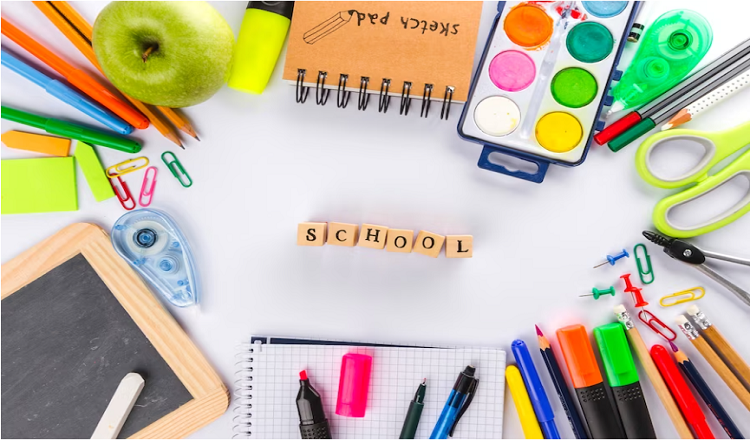Inclusive teaching policies aim to create an environment where diversity is celebrated and where all students, regardless of their background, feel welcome and included. Inclusive teaching is not only about accommodating the needs of students with disabilities but also about creating a learning environment that is cognizant of cultural differences, racial, ethnic backgrounds, and gender identities. In this article, we will discuss the benefits and challenges associated with inclusive teaching policies.
Benefits of Inclusive Teaching Policies
Increased Engagement
Inclusive teaching policies create a more engaged classroom. Students learn more effectively when they feel that their individual needs are being recognized and met. In inclusive classrooms, students are given varied opportunities to participate, which improves their involvement and engagement in the learning process. This not only helps them stay more engaged in class but also leads to better academic performance.
Improved Social Communication Skills
Inclusive teaching policies focus on creating an empathetic classroom environment where students learn to communicate effectively with their peers and teachers. This is important to help them develop the cognitive, social, and emotional skills needed to succeed in life. By engaging with students from diverse backgrounds, inclusive teaching policies facilitate cross-cultural communication and help students develop the necessary skills for engaging with diverse populations.
Creation of a More Caring Community
Inclusive teaching policies teach students to appreciate diversity and work collaboratively. In inclusive classrooms, students learn about each other’s unique strengths, and weaknesses, which helps create a more caring and supportive learning community. This helps students build empathy and understanding that can extend far beyond the classroom. In the long run, these skills are essential in preparing students for their future roles in their communities.
Positive Effects on Student Self-Esteem
Inclusive teaching policies can have a positive effect on student self-esteem. In a classroom that values diversity, students feel more accepted and recognize that their differences are not only accepted but celebrated. This leads to greater self-awareness and self-confidence among students, which ultimately contributes to a healthier self-esteem. Students who feel valued and respected are more likely to take academic risks and become active participants in the learning process.
Challenges of Inclusive Teaching Policies
The Lack of Professional Development
One of the biggest challenges facing educators when it comes to inclusive teaching policies is the lack of professional development. Educators may not have the necessary skills or knowledge to teach students with diverse backgrounds and abilities. They may need training on how to identify and mitigate biases, adapt curriculum, and manage a class comprising students with different learning needs.
The Need for Inclusive Curriculum Materials
Inclusive teaching policies will require new, diverse materials to be included in the curriculum. This may involve sourcing books, videos, and other educational materials that reflect diversity. These materials must be age-appropriate while taking into consideration different learning abilities. Additionally, educators will have to make sure that these materials are accessible to all students, including those with disabilities.
The Balancing Act of Addressing Different Learning Needs
Inclusive teaching policies require educators to balance the needs of students with different learning abilities in the same classroom. This can be challenging, as it may require teachers to create customized teaching plans that cater to individual needs. Educators must find a way to balance the need to support individual learning needs while still meeting the required curriculum goals.
Potential Misunderstandings or Conflict
In an inclusive classroom, cultural differences, and diverse backgrounds can lead to misunderstandings or conflicts among students and teachers. Educators should be aware of the potential pitfalls and create learning opportunities that allow students to express their views openly. Conflict resolution methods should also be taught to students to help them resolve disputes in a constructive manner.
Conclusion
Inclusive teaching policies are not only beneficial, but also necessary for creating a more inclusive classroom environment. Educators should embrace the opportunities offered by these policies and acknowledge the challenges presented. With proper training and the right materials, teachers can successfully support the diverse needs of their students. In an inclusive classroom, students learn more effectively when they feel that they are valued and included. This is an important factor in developing a more caring, diverse, and tolerant society.
Read More You May Like:

